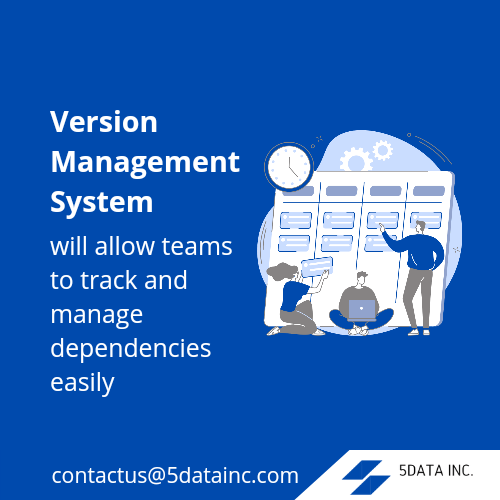With IT/SaaS space filled with more players every other day, the entirety of the software market has evolved to cater to the requisite technologies needed for providing reliable services to the end-users.However, such an exponential rise in demand has paved for software solutions that are more complex than ever before.And for the same reason, robust infrastructure has gained the forefront as the need for the hour to deliver these solutions on a global scale.In case you’re still wondering, we are talking about Platform Engineers.The platform team, an IT department responsible for the complete infrastructure development for the company, has to face myriads of challenges to provide and maintain the platform without affecting the software development lifecycle.Let’s now guide you through the functions of a Platform team along with few pain points of Platform Engineers.We shall also discuss a few solutions for the same.Let’s get started.
What does a Platform team do?
The term “platform engineering” covers a lot of ground, but in general, it refers to the work of designing and building software platforms.Oftentimes, platform engineering teams are responsible for the overall architecture of a software platform, as well as its implementation and maintenance.They work closely with other engineering teams to ensure that the platform meets the company’s or product’s requisites.Regardless of their specific focus, all platform engineers share a common goal: to build robust, scalable, and extensible software platforms that power the world’s most innovative products and services.With that said, let’s take a closer look at the challenges faced in Platform Engineering.Platform Engineering – Pain Points
Lack of communication between teams
Lack of proper communication and collaboration between different teams leads to a multitude of problems within the company.For example, team members may not be well aware of each other’s work, resulting in duplicate work or a failure to take advantage of synergies.In addition, team members may not be able to rely on each other for help, which can lead to delays in project deployment.Solution
Always establish a clear channel of communication channels between teams. Ensure that everyone is on the same page when it comes to project goals.If everyone is unanimously aware of what needs to be accomplished, efficiency at scale becomes less of an issue.Another way to overcome this pain point is to encourage collaboration between team members.It can be done by assigning tasks requiring collaboration or by providing team members with the opportunity to work together.Working together on a project can help team members learn about each other’s strengths and weaknesses, making them more effective in the future.Finally, it’s important to understand each team member’s roles and responsibilities clearly.This way, everyone will know what is expected of them, and there will be fewer surprises.Dealing with Automation complexities
Automation is critical for businesses to stay competitive in today’s market. It can help improve efficiency and quality while reducing costs.However, automation also introduces new complexities and challenges, especially for platform engineers.Automating tasks that are not well-defined can be difficult to implement within the project. It can be a tedious task to know where to begin from and what steps must be taken to complete the assigned jobs.Certain tasks may be too complicated to be automated. This is often the case with jobs that require human intervention or decision-making.Solution
In order to effectively deal with these challenges, platform engineers need to have a good understanding of the automation landscape and the different types of automation tools available.They also need to identify their organization’s specific needs and select the right tools for the job.

